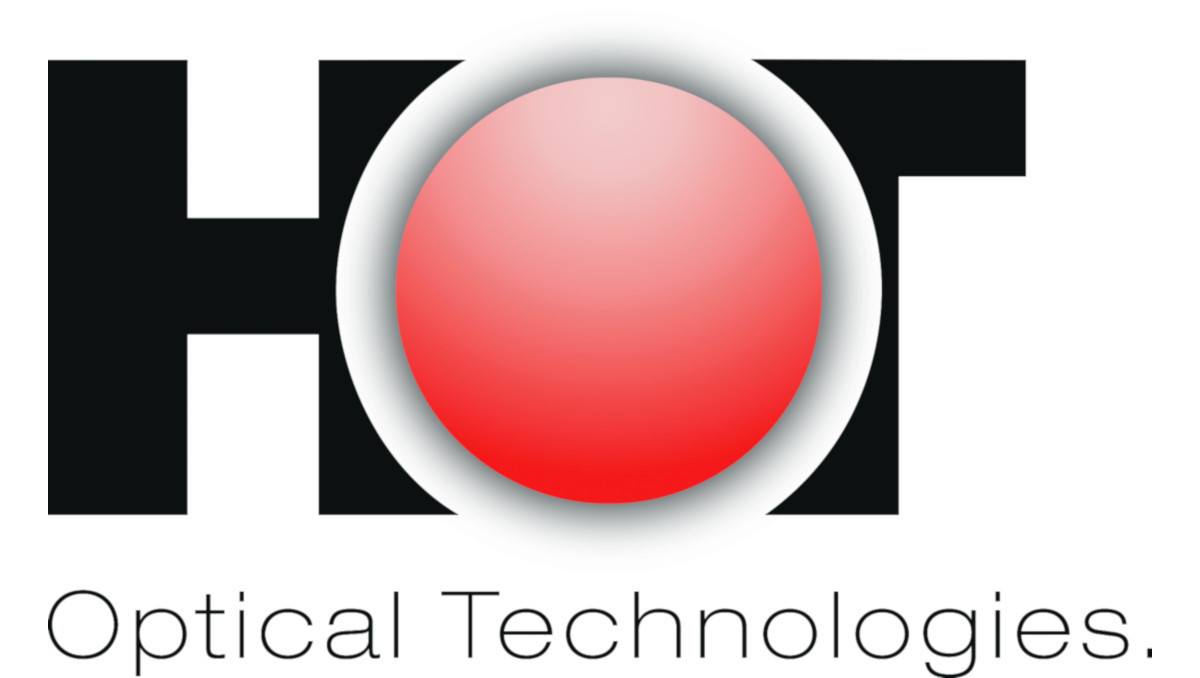Investigating the Optical Properties of a Laser Induced 3D Self-Assembled Carbon–Metal Hybrid Structure
- verfasst von
- Muhammad Abdullah Butt, Antonino Calà Lesina, Martin Neugebauer, Thomas Bauer, Lora Ramunno, Alessandro Vaccari, Pierre Berini, Yuriy Petrov, Denis Danilov, Alina Manshina, Peter Banzer, Gerd Leuchs
- Abstract
Carbon-based and carbon–metal hybrid materials hold great potential for applications in optics and electronics. Here, a novel material made of carbon and gold–silver nanoparticles is discussed, fabricated using a laser-induced self-assembly process. This self-assembled metamaterial manifests itself in the form of cuboids with lateral dimensions on the order of several micrometers and a height of tens to hundreds of nanometers. The carbon atoms are arranged following an orthorhombic unit cell, with alloy nanoparticles intercalated in the crystalline carbon matrix. The optical properties of this metamaterial are analyzed experimentally using a microscopic Müller matrix measurement approach and reveal a high linear birefringence across the visible spectral range. Theoretical modeling based on local-field theory applied to the carbon matrix links the birefringence to the orthorhombic unit cell, while finite-difference time-domain simulations of the metamaterial relates the observed optical response to the distribution of the alloy nanoparticles and the optical density of the carbon matrix.
- Externe Organisation(en)
-
Max-Planck-Institut für die Physik des Lichts
Friedrich-Alexander-Universität Erlangen-Nürnberg (FAU Erlangen-Nürnberg)
University of Ottawa
Max Planck–University of Ottawa Centre for Extreme and Quantum Photonics
Fondazione Bruno Kessler
Staatliche Universität Sankt Petersburg
Delft University of Technology
- Typ
- Artikel
- Journal
- SMALL
- Band
- 15
- ISSN
- 1613-6810
- Publikationsdatum
- 03.05.2019
- Publikationsstatus
- Veröffentlicht
- Peer-reviewed
- Ja
- ASJC Scopus Sachgebiete
- Biotechnologie, Biomaterialien, Chemie (insg.), Werkstoffwissenschaften (insg.)
- Elektronische Version(en)
-
https://doi.org/10.1002/smll.201900512 (Zugang:
Geschlossen)
